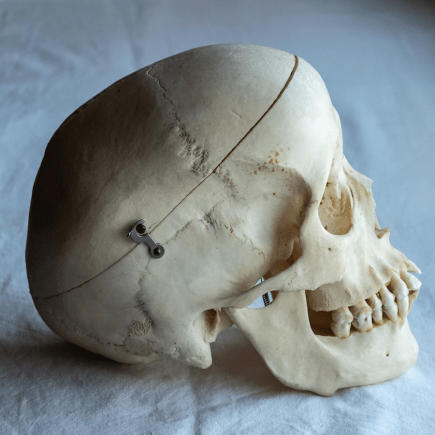
On Thursday, September 26, Morocco and France will sign a contract to secure an archeology partnership. The decision was inspired after human bones originally discovered at the Rouazi Cemetery in Skhirat (near Rabat) were sent to the University Laboratory of Bordeaux to be identified and restored. Rouazi is a significant area for researchers in Morocco. It contains a large acropolis and is linked with middle Neolithic occupation of the coastal Moroccan Meseta. The zone is also a reference of three main Holocene evolutionary phases where the sea level rose until 7000 BC, moved to a coastline stabilization (from ca 7000 to less than 2500 cal BC), and finally declined. The twenty pre-historic objects have now been returned from Bordeaux to Morocco’s National Institute of Archaeological Sciences and Heritage (INSAP).
They will be useful to students who are studying the prehistoric Moroccan period at the Rabat University Archaeology Program. Among the students who will benefit from the new database are the exchange students from Mississippi State University (MSU). In 2015, MSU and the International University of Rabat (UIR) launched a study abroad program where American students can study in Rabat and Moroccan students can attend MSU and earn a UIR engineering degree in addition to an MSU master’s degree. “Morocco’s rich history and culture make it an exceptional place for our students to explore some of the oldest civilizations in the world,” said MSU’s Associate Vice-President of International Programs Julie Jordan. (For example) “The 2017 archaeological discovery of 300,000-year-old Homo sapiens remains gave a new impetus to archeology in Morocco,” she added.





